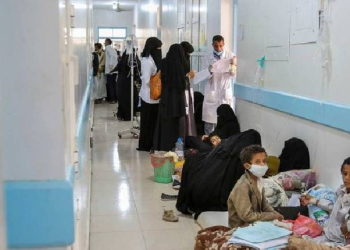New Delhi: Over 31 per cent of Pakistans youth are currently unemployed, revealed a report on the employment situation released by the Pakistan Institute of Development Economics (PIDE).
Out of these 31 per cent, 51 per cent are females while 16 per cent are males, with many of them possessing professional degrees, The Express Tribune cited the report as saying. Nearly 60 per cent of Pakistan’s population is less than 30 years old.
Despite all the talk about the youth bulge and reaping the demographic dividend, the unemployment rate is the highest for the young new entrants in the labour force, it further stated, adding that it takes about a decade or more for youth to be employed.
Far more females and those living in urban areas are unemployed than their male and rural counterparts, it added.
PIDE also revealed that a surprisingly large part of the working-age group is not even part of the labour force. These people are either discouraged workers or have other means of income to support them, the report stated, The Express Tribune reported.
It also stated that despite pronouncements and policy initiatives, the female labour force participation rate (LFPR) remains shockingly low.
The report also revealed that education is considered a panacea and the key to all opportunities, but “reality shows us otherwise”.
PIDE revealed that going by the LFS, graduate unemployment is very high. Over 31 per cent of the youth with degrees, including professional ones, are unemployed with females at 51 per cent and males at 16 per cent, it stated.
Rural graduate unemployment is much higher than urban, begging the question of mobility, it added.
The report further stated that services remain the largest employer with retail and wholesale trade the largest segment in the urban areas, while agriculture, including cultivation and livestock, continues to employ the majority in rural Pakistan.
According to the report, public employment provides opportunities for better-paid jobs in Pakistan. The well-known preference for government jobs, therefore, appears justified as the monthly wage in government shows up to be significantly higher than private-sector jobs, it stated.
Surprisingly, construction employs about 8 per cent of the labour force in both urban and rural areas, perhaps reflecting the harsh regulatory and zoning laws in urban areas, PIDE highlighted.
The LFS shows one-third of the youth, in both rural and urban areas, to be disconnected from the system as they are neither employed nor enrolled, it added.
It further stated that the disconnect is higher for young females, with 60 per cent neither working nor studying, The Express Tribune reported.
(IANS)






















